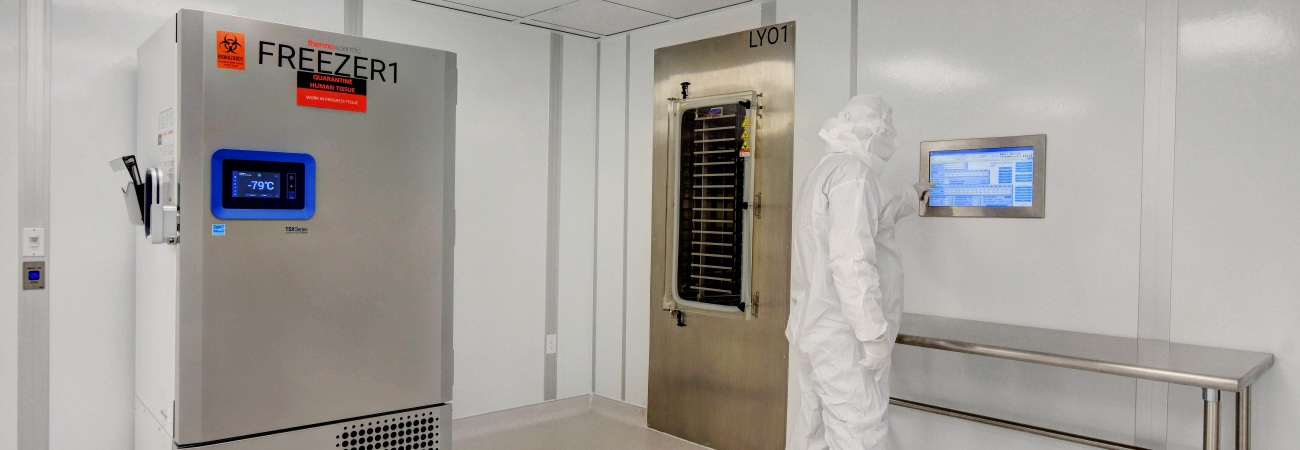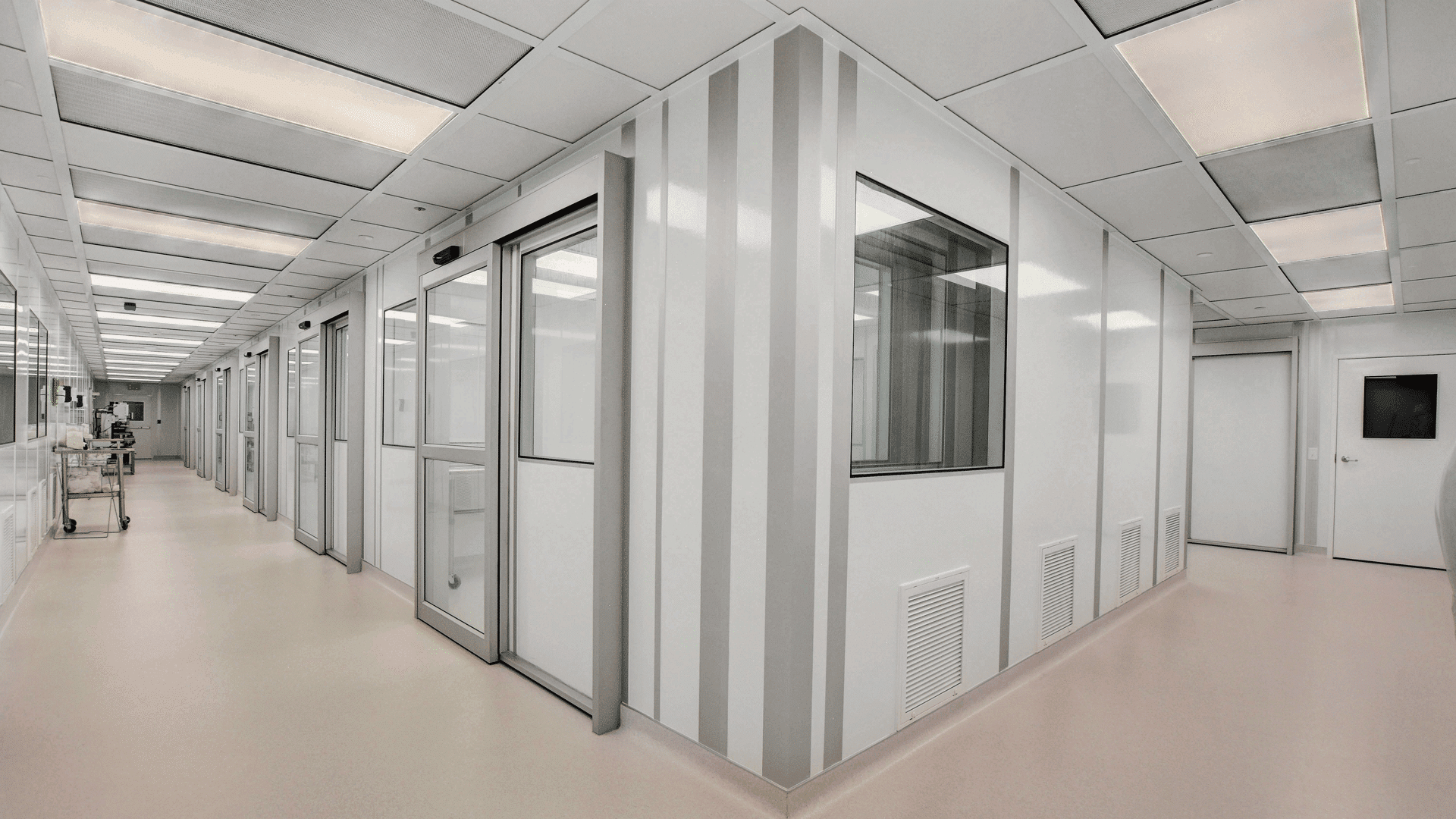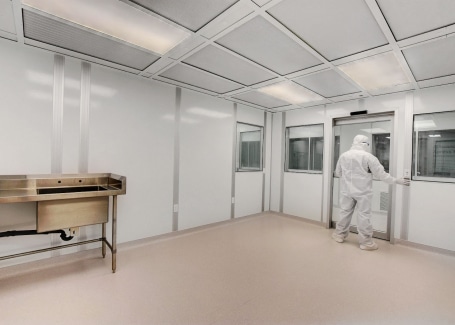Did you know that up to 80% of cleanroom contamination is caused by the very same people working inside them? Humans can shed up to 40,000 skin cells every minute, and each of these particles can compromise products and disrupt important processes. Even after a cleanroom is certified, minor changes in procedures, the movement of equipment, or other adjustments can increase particle levels in specific areas of a room. To make matters worse, sometimes regulations are unclear or contradictory regarding exactly what environmental monitoring should entail, so businesses and other organizations have to take it upon themselves to figure out a plan that best protects their environments. In this article, we’ll cover some common cleanroom environmental monitoring parameters, some of the techniques/instruments to measure them, and more.
Common Parameters Monitored in Cleanrooms
The parameters monitored in each cleanroom will, needless to say, be different depending on each application, so we can only speak in general here. As a result, we will only cover the most common parameters below.
Particulate Monitoring
Particle monitoring is common in just about all cleanrooms. Airborne particle counters are commonly used to measure them, and they can measure both the number and size of particles in the air.
These counters can be part of automated monitoring systems that provide continuous data, or else handheld devices used for spot checks. Common tools include optical particle counters and condensation particle counters.
Microbial Monitoring
Further, microbial monitoring is used in cleanrooms where sterility is the top priority, as in pharmaceuticals or medical device manufacturing.
Air Sampling
To figure out where and how much microbial contamination there is in certain locations, cleanroom operators use air sampling.
There are two primary types of air sampling devices: passive and active. Passive devices, such as settle plates (they look like Petri dishes), allow microorganisms to naturally fall and settle onto them.
Active devices, on the other hand, including impactors, liquid impingers, and filters, draw air through a collection medium using a pump.
It’s important to note that no single sampling technique can detect all forms of biological contamination within a space. At best, they are only indications.
Surface Sampling
For surface sampling, slightly different methods are used. Contact plates, for example, are an important tool that are pressed against an area to capture microorganisms directly onto a culture medium. After sampling, the plate is incubated to allow microbial growth, which can then be analyzed.
Temperature and Humidity Control
Temperature and humidity are other aspects that are commonly measured in cleanrooms. Both parameters must be carefully managed to prevent certain conditions that could lead to contamination or even damage materials and products. For example, low humidity can increase the risk of static electricity, which can cause electrostatic discharge that may end up harming electronic devices or parts.
Temperature and humidity sensors are typically placed throughout the cleanroom, and they usually are continuously monitored. Keeping the correct balance between the two is always important, though the exact levels will vary by industry and application.
Airflow and Pressure Monitoring
Furthermore, monitoring airflow and pressure are also fundamental to keeping contaminants out of cleanrooms.
The type of airflow required depends on the cleanroom’s classification; for example, in ISO 5 or stricter environments, unidirectional airflow is often used to direct particles away from critical areas. To measure the quality and consistency of the airflow, anemometers are commonly used to measure its velocity. However, cleanrooms with unidirectional airflow must also be cautious of turbulence, which can stir up particles and lead to contamination.
Differential pressure monitoring, on the hand, is equally important to keeping particles in the right place. Both positive and negative pressure are used, depending on whether a space needs to keep particles in (in case they are dangerous to surrounding areas) or keep them out (to keep a space clean). To accurately measure these pressure differentials across cleanroom boundaries, devices such as magnehelic gauges are commonly used, and these are often integrated into centralized monitoring systems.
Cleanroom Environmental Monitoring: The Bottom Line
In short, there are many different kinds of environmental monitoring that may be used in cleanrooms. Whether you are sampling surfaces, measuring airflow, or simply counting particles, it is important that organizations take such procedures into their own hands to ensure cleanrooms are safe. As we mentioned before, regulations aren’t always clear cut about how often you should carry out monitoring/testing procedures, and a lot will depend on the layout of your cleanroom, the industry you’re in, the location of special equipment, and more.





